An Inside Look at the III Brazilian Rochagem Congress – The Past, Present, and Future of Remineralization
Conference Organizers and Participants
V. Miranda Chase, the director of RTE’s online research database, gave a presentation and represented us at the III Brazilian Rochagem Congress that took place in November 2016. This is the first in a four-part series of articles about the conference.
“If I have seen further, it is by standing on the shoulders of giants.”
–Sir Isaac Newton, 1676
The good thing about working with leaders is that they can help us see ahead. They have a vision, and we get to witness it unfolding into reality. During the III Brazilian Rochagem Congress conference, I saw the future of remineralization in Brazil, and it looks great! Brazil has been doing its homework as far as food security, environmental sustainability, and economic growth go. Farmers, researchers, and policymakers identified problems, negotiated solutions, and demonstrated their commitment to implementing those solutions. We can peer into the future when we stand on their shoulders.
Farmers in Brazil take pride in the fact that their country is one of the world’s largest food producers. But there is a problem: although they produce the food, they import the fertilizers from elsewhere. Brazil currently imports 70% of its fertilizers. However, this figure will soon change. The country has a strong impetus to develop remineralization, a simple solution with great potential. Researchers have known about it for a long time, and government representatives have started to incorporate this technology into public policymaking. Brazil’s Congress has passed new agriculture laws that promote remineralization; this conference is their baptism.
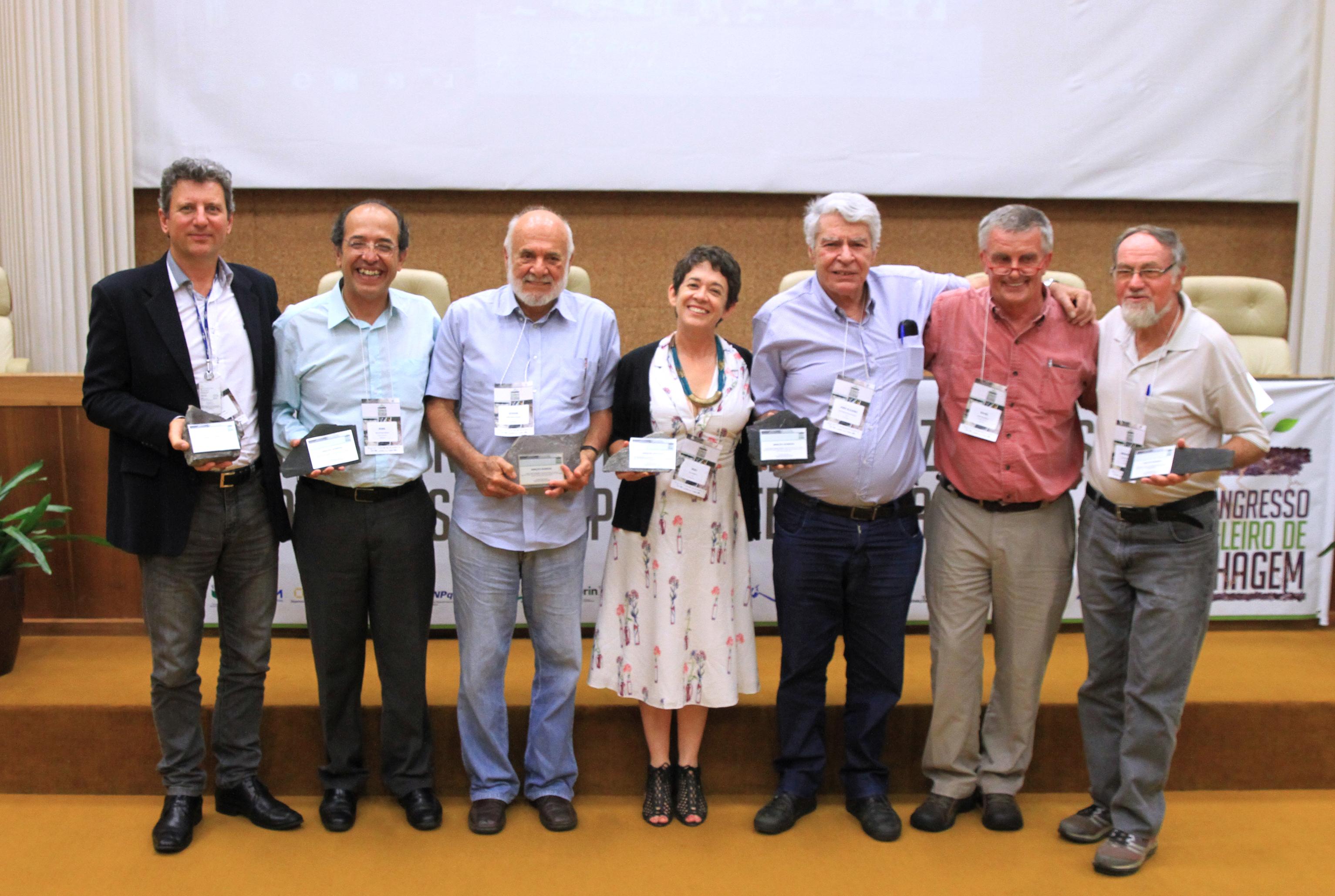
Prize winners from left to right: Clenio Pillon, Eder de Souza Martins, Othon Leonardos, Suzi Theodoro, José Alcides Fonseca Ferreira, Peter Van Straaten, Bernardo Knapik. (Click to enlarge)
The conference explored new technological developments in remineralization and identified channels for institutional partnerships between government sectors, academia, and the private sector. The first day of the conference was the beginning of a vibrant and exciting confluence. This was the third major remineralization conference held in Brazil. It was the culmination of a lot of hard work and many strong partnerships. Even though it was the first time I was among them, I felt part of a melting pot of science. Other participants had worked with one another for decades, and it was so inspiring to be with them. It was particularly moving given that Remineralize the Earth (RTE) was a founding partner of this movement and I contributed as a representative of RTE. I feel immensely fortunate for being given the opportunity to represent RTE (one of the key players in this field) and to spend a few days with other leaders of this movement.
The Conference Opens
In the opening ceremony we heard about the conference’s importance and significance to agriculture in Brazil from many official representatives, such as from the Ministry of Agriculture, Livestock and Food Supply (MAPA) and the Ministry of Science, Technology, Innovation and Communication (MCTI). There were also representatives from Embrapa and CPRM. Embrapa is the Brazilian entity which promotes research in agriculture, similar to the USDA, and the CPRM is similar to the US Geological Survey. Many participants mentioned the importance of the collaboration between Embrapa and CPRM. Both organizations sealed a partnership many years ago, and now they are carrying out a huge volume of research in agrogeology.
(Please check out our online research database for many of the studies that are coming out of this collaboration. The studies in the database have been translated from Portuguese into English by RTE.)
Embrapa and CPRM both talked about the importance of promoting partnerships not only among organizations, but also across different fields. It is crucial to integrate knowledge about different types of soils with specific kinds of rock dust and particular plant cultures. Good remineralization is a wedding of organic and inorganic matter in a combination of rock dust, compost, and microorganisms to boost soil fertility. Diverse needs must be considered, including the demands and necessities faced by farmers, consumers, and policymakers. It is also important to create partnerships among industry (rock dust producers), agriculture (rock dust consumers), and research. These opening remarks set the context for the conference.
History and future of remineralization
In a memorable talk, Professor Suzi Huff Theodoro provided an in-depth look at the history of the movement that has brought remineralization where it is today. Her presentation started from Brazil’s decision to become a major food producer. This led to a dependence on imported fertilizer. As a result, Brazil needs to find locally-sourced products to achieve independence from foreign markets. Despite this need, Professor Huff Theodoro explained that in the beginning the remineralization movement worked in obscurity, often rejected by the mainstream. Yet, remineralization has grown from there, producing new research, new products, and several successful conferences on the topic, including this one.
Her own role as an activist and lobbyist is an important recent development in the history she presented. Starting a few years ago, she worked to ensure remineralization was covered under the laws regulating agricultural amendments. Thanks to her efforts, in 2013 Brazil passed new laws promoting remineralization. These laws officially classified remineralization as a fertilizer, allowing its sale for agriculture; they established minimum standards that remineralization products must meet; and they provided for a national program of remineralization. Professor Huff Theodoro emphasized that official recognition in law was an important step for remineralization.
Looking forward from these accomplishments, Clenio Pillon, a lead researcher at Embrapa, talked about the need to go beyond current paradigms, to take remineralization to the next level, to identify challenges, and to go after them. He identified two previous waves of agricultural revolution so far: first the chemistry-based “green revolution” of the 1970’s, and second the target-specific research starting in the 1990’s. He now sees a third wave emerging, a wave characterized by complex systems, where researchers work in close collaboration with one another developing joint research projects instead of just sharing the results of individual projects. This leads to a framework that goes beyond just providing fertilizers for plants, and rather endeavours to create healthier soils that can hold more water, store more carbon, and support more ecosystems.
Implementing remineralization laws
Carlos Augusto Posser Silveira, a lead researcher at Embrapa and one of the main organizers of the conference, talked about what we can learn from the past and present to address future challenges. He acknowledged the struggles and all the efforts in the past years that were dedicated towards creating this new law. However, the fact that the above-mentioned legislation has passed does not mean that all problems are over. Currently there are still many things that need to be addressed in order for the laws to achieve their full potential. For instance, it is important to make sure that all products sold as “rock dust” actually have strong remineralizing properties and are free from contaminants and other heavy metals.
During the next few years, quarries and gravel companies will have to register their products in order to sell them as rock dust fertilizer. It is yet unknown how smooth this process will be. In the future, Dr. Silveira pointed out, they will have to evaluate the performance of the remineralization market to assess how successful the implementation has been. He cautioned that it might be necessary to modify parts of the legal text in order to adjust to potential problems that haven’t arisen yet. This law is just the beginning, and we will have to be flexible to modify it according to the circumstances and needs of the industry.
Hideraldo Coelho from the Ministry of Agriculture spoke about future challenges for enforcing remineralization laws. We need to standardize the regulations and create assessment methods. When the law was being created, some rock dust producers offered their products for testing and control parameters. The products that went through this early testing are almost ready to be registered and enter the market, while other rock dust producers still need to start the testing process. Products that have been tested prior to the norm have a head start in registration to enter the market.
On the other hand, today there are many illegal products on the market that are not registered and do not work. This needs to be addressed in order to support legitimate rock dust producers. We need to create parameters to make sure all products are legitimate and have the properties that characterize them as “soil conditioners.” It is a priority for the Ministry of Agriculture to rigorously test all products entering the market. All registered products need to work! The ones that are illegally on the market need to be banned, because they create a bad image for the industry as a whole and undermine the image of remineralization as a viable fertilizer. The Ministry of Agriculture wants to guarantee transparency and effectiveness. For them to do that, they want to support research. For this reason, labelling is very important– the consumer needs to know exactly what they are buying, and the product needs to work as promised. Research needs to guide the process. This is why the Ministry of Agriculture supported the conference and welcomed the input of academia.
Natural variation versus standardization
There are issues with methodology. It is not possible to add one ton of a particular rock dust to the soil and know the exact amount of minerals that are going to be released in a given time period. Remineralization is a complex process. The results of a particular rock dust will depend on the soil type, on pluvial-climate conditions, on the plants and cultures, etc. The urge to know precise details comes from conventional fertilizer research based on soil chemistry, rather than based on a biological approach. If we add one ton of conventional NPK to the soil, we can know the percentage of nitrogen, potassium and phosphorus that the plant will absorb (and we know it is very low!). However, if we add one ton of a particular rock dust to the soil, we don’t know the precise absorption rate or the precise time scale at which the plants will incorporate the minerals. This is because the soil system is inherently complex. Everything interacts with everything. It is hard under laboratory conditions to reproduce all the interactions between fungi, bacteria, roots, moist conditions, and mineral availability.
The Ministry of Agriculture, in partnership with Embrapa researchers, is trying to tackle this challenge. They are analyzing various types of rock dust for use as fertilizers and are trying to precisely identify the conditioning properties of each of them. They are creating new research protocols and establishing clear standards. This will greatly help to implement the law. It will only be possible to legally regulate the use of rock dust once we know how each kind of rock dust works as a specific kind of fertilizer (this is necessary to avoid people with malicious intentions selling rock dust that does not work as an effective fertilizer). The participants expressed confidence that this, and related issues, could be solved.
A successful conference
During this conference I was able to see how visionaries shape our future. They work hard. They build partnerships. They hold on to strong principles. And they don’t give up when things seem not to work. Here is how they see Brazilian agriculture in a few years: There will be less imported fertilizers. There will be more stability in the production chain for farmers, because soils will be healthier and rock dust products will be cheaper. The partnerships between governmental agencies and academia will keep striving to provide a reliable safety net for large producers and small household farmers. Their products will be more nutritious. The standards will be higher. But the future doesn’t just happen. It is shaped by leaders. With the leaders who participated in the conference, Brazil is in the future of remineralization, and remineralization is in the future of Brazil.
Miranda Chase is an Environmental Policy Researcher, with a BA in International Relations and MSc in Integrated Water Management. She is a PhD candidate for the UMass program on Global Governance and Human Security, and is a research fellow from the IGERT program of the National Science Foundation. Her research mainly concerns sustainable development in rural communities of the Amazon basin. As a coordinator for RTE, her goal is to provide a state-of-art database with reliable information about remineralization as a sustainable, effective and affordable solution to agriculture worldwide. This knowledge can assist scientists and policy makers, farmers and gardeners, and the general public in making better environmental decisions.
Support us on Patreon
Thank you for joining us today! Please become a member of RTE and support us on Patreon. Unlike many larger organizations, we work with a team of determined and passionate volunteers to get our message out. We aim to continue to increase the awareness of remineralization to initiate projects across the globe that remineralize soils, grow nutrient dense food, regenerate our forests’ and stabilize the climate – with your help! If you can, please support us on a monthly basis from just $2, rest assured that you are making a big impact every single month in support of our mission. Thank you!

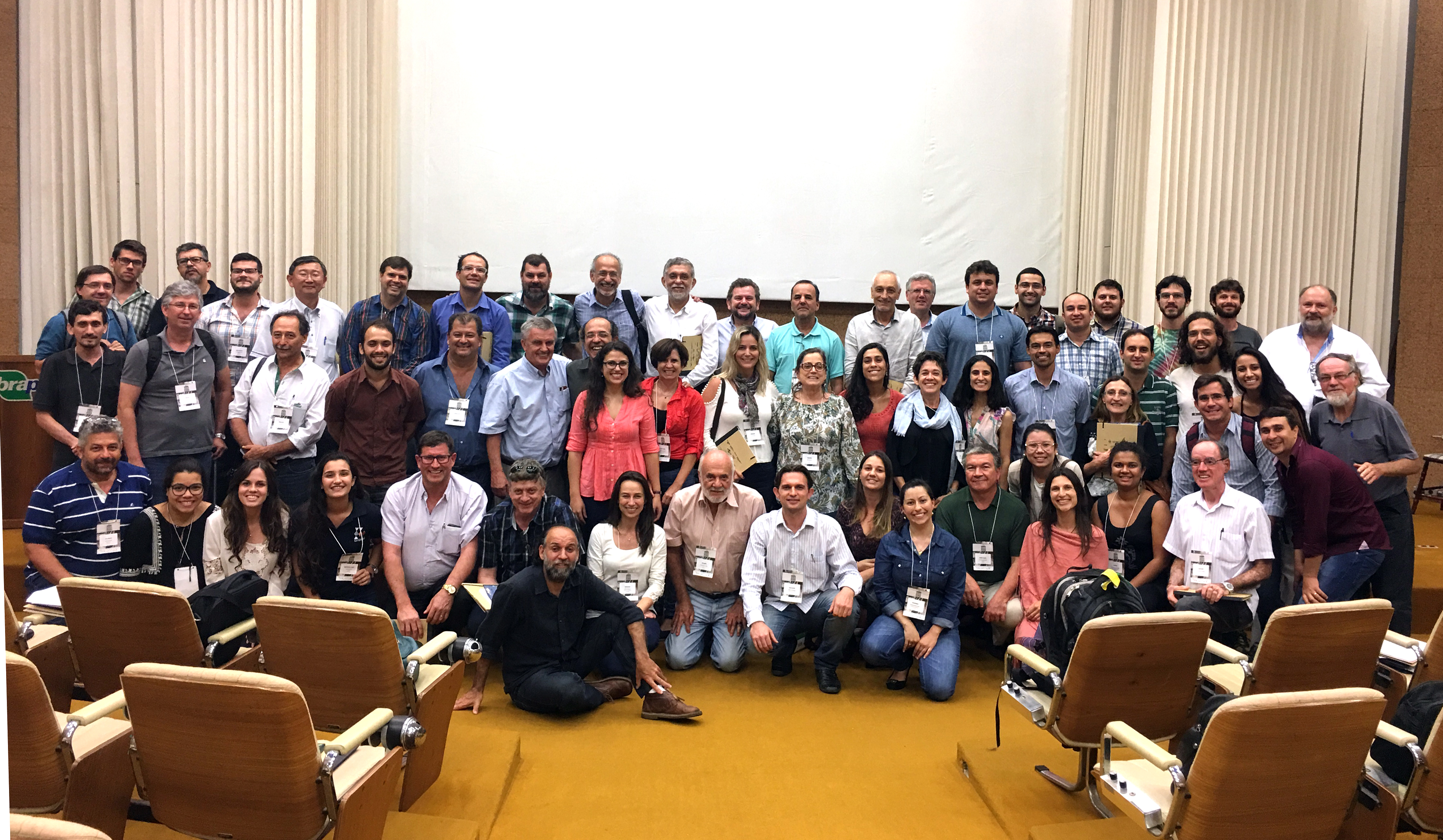
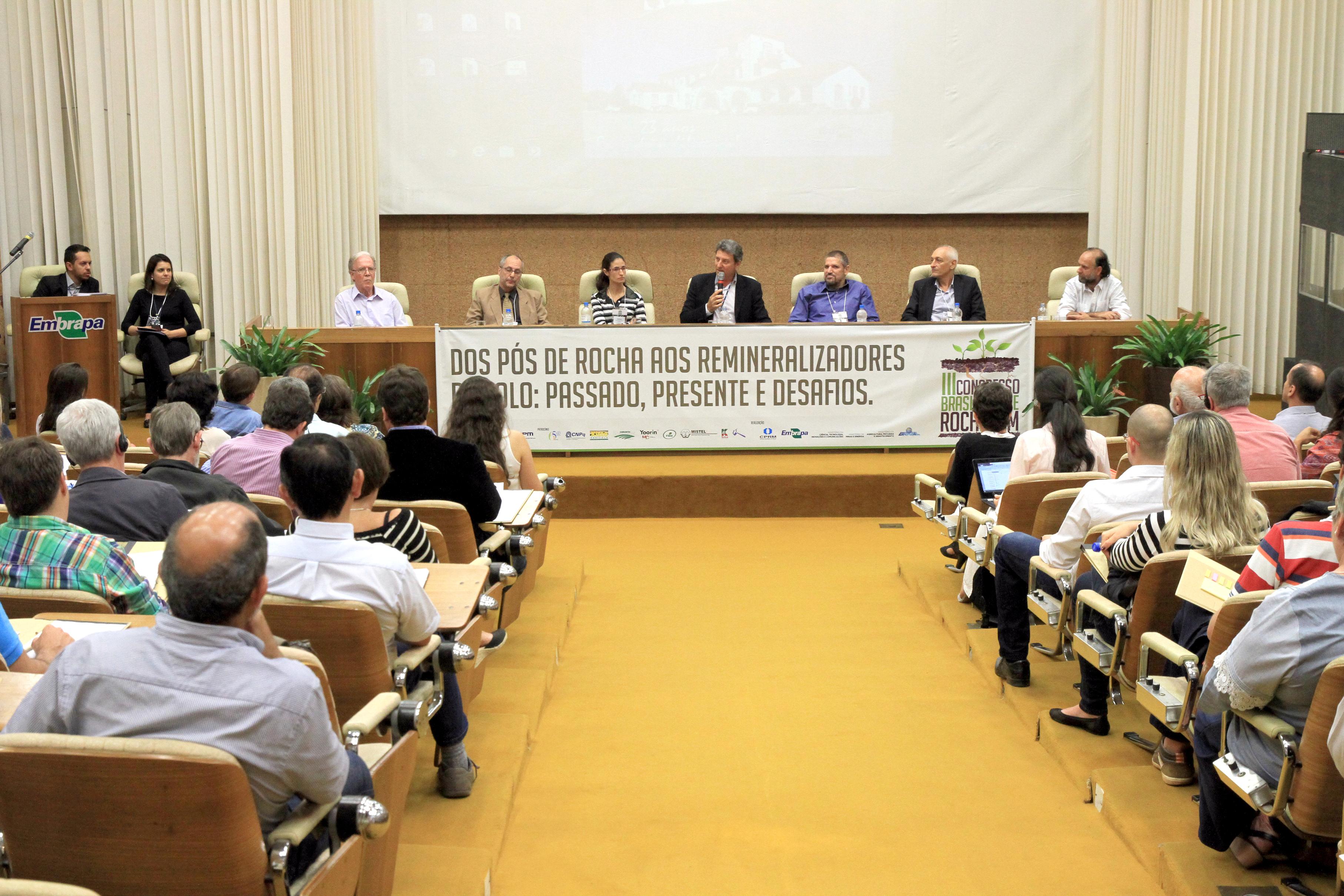
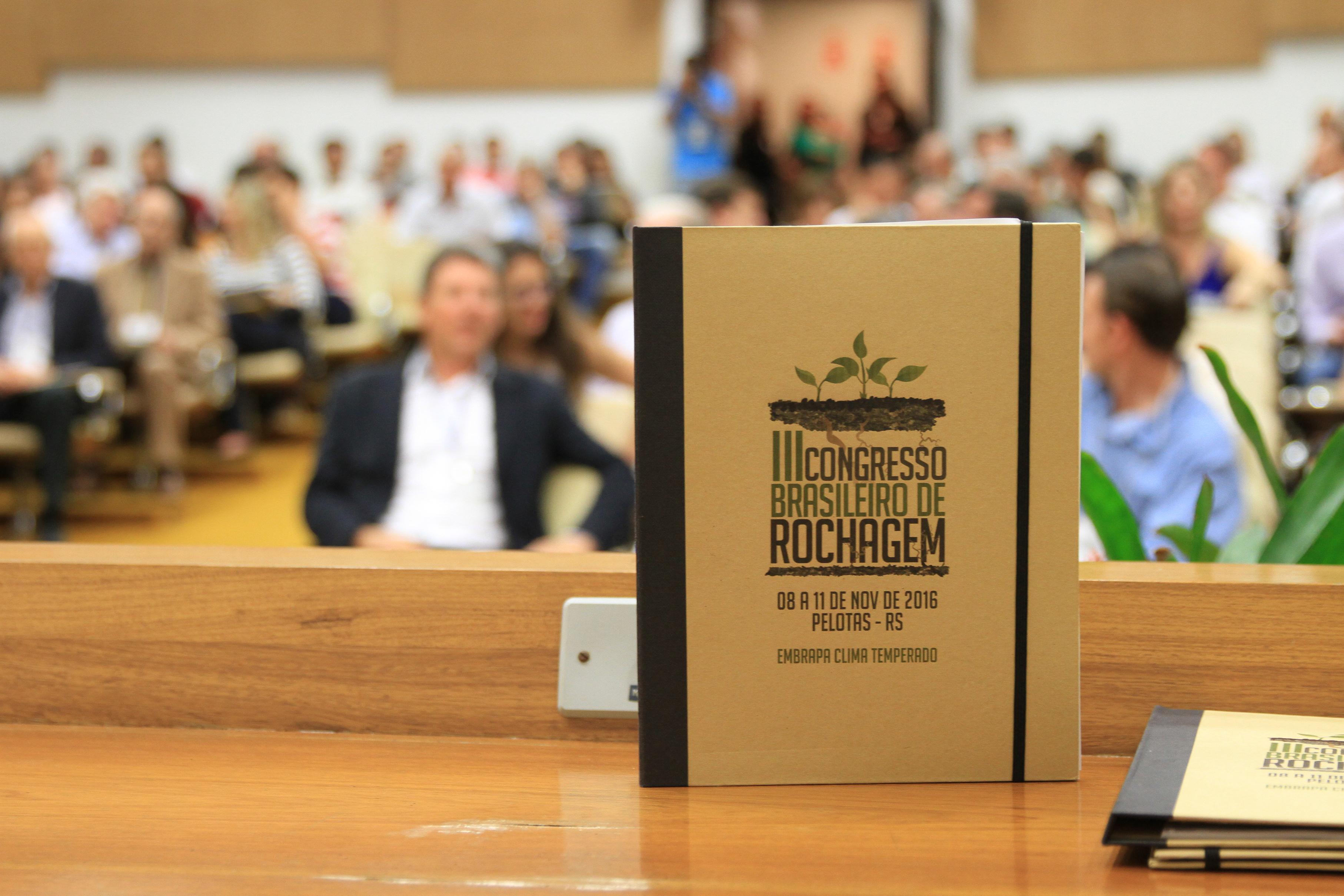
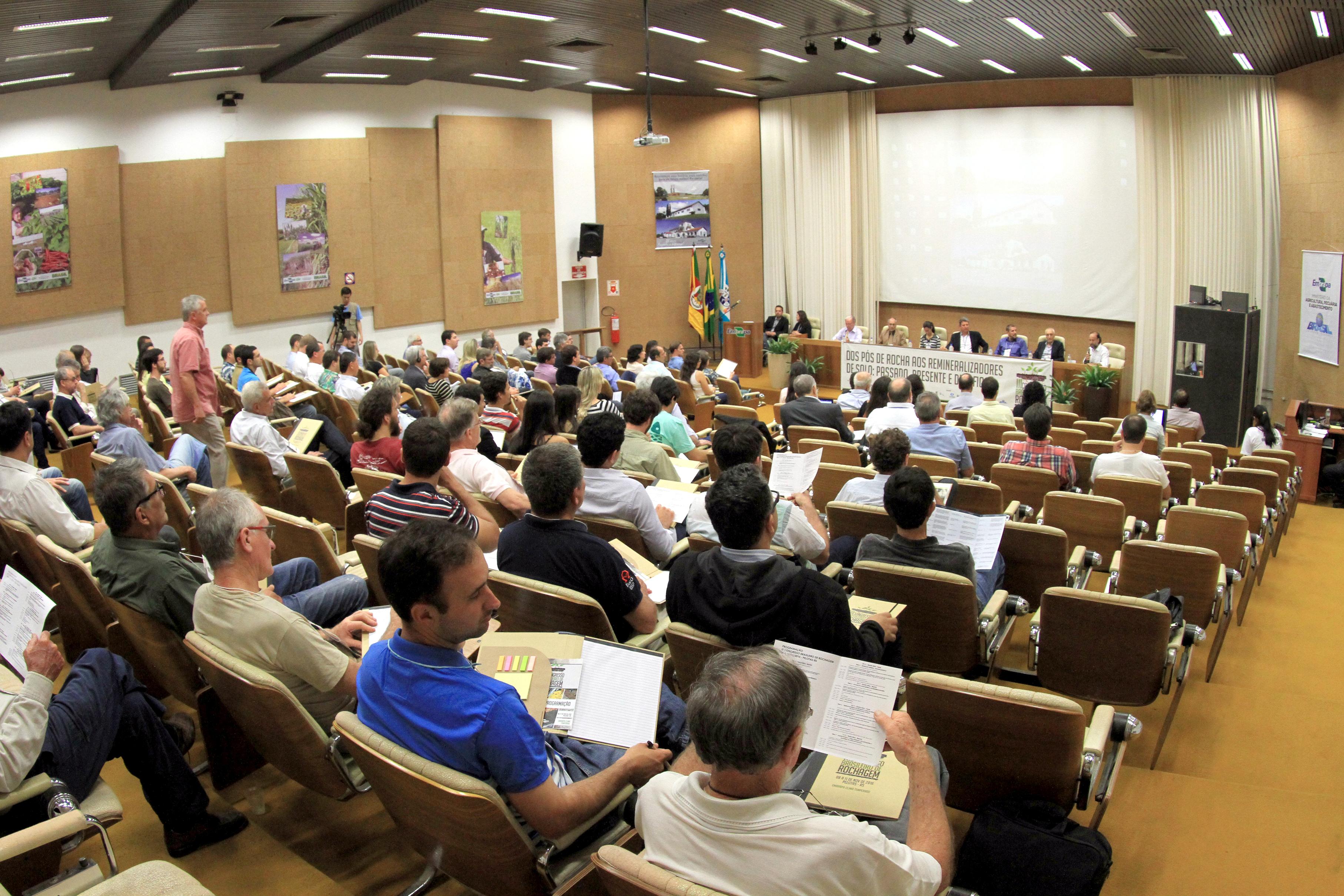
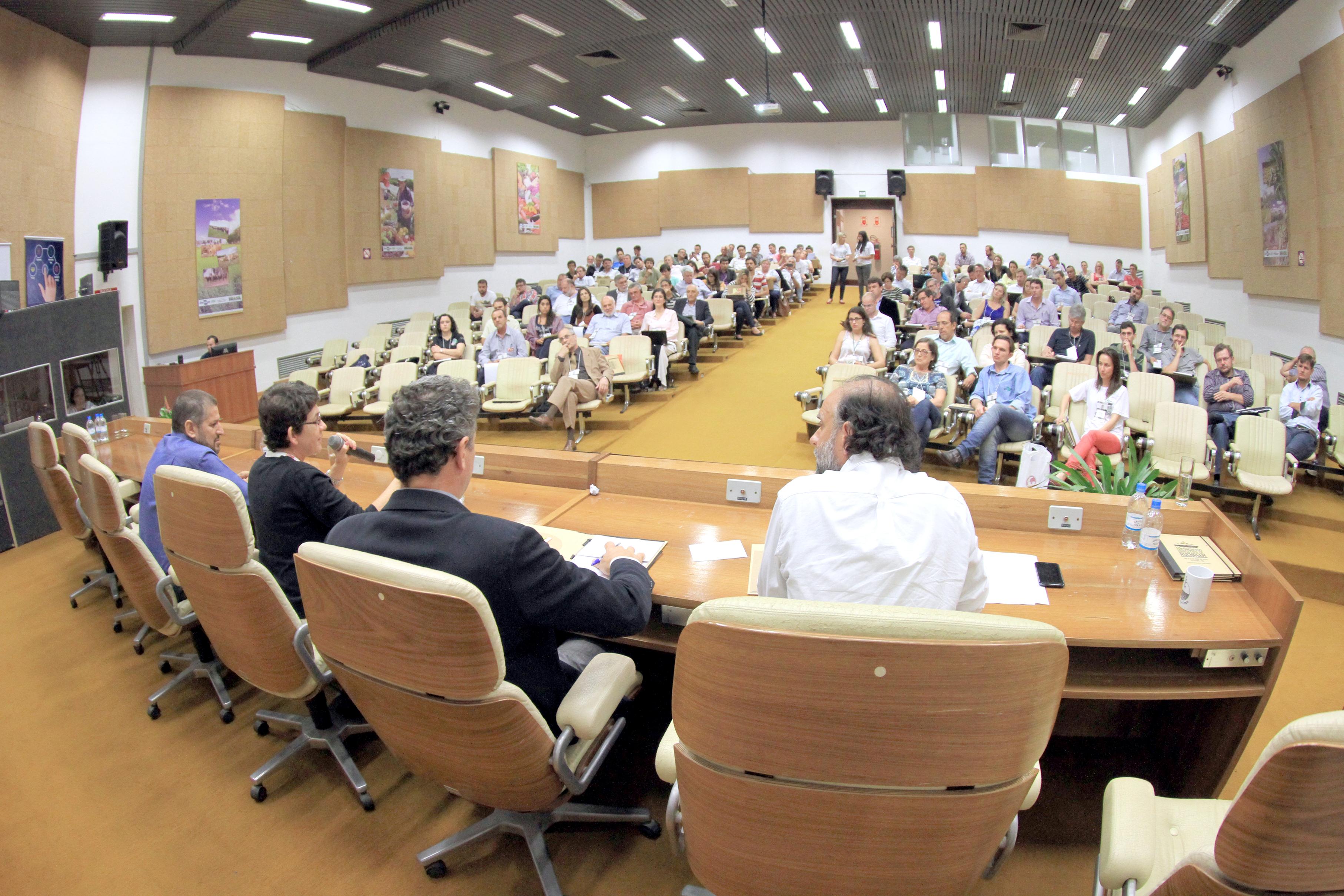
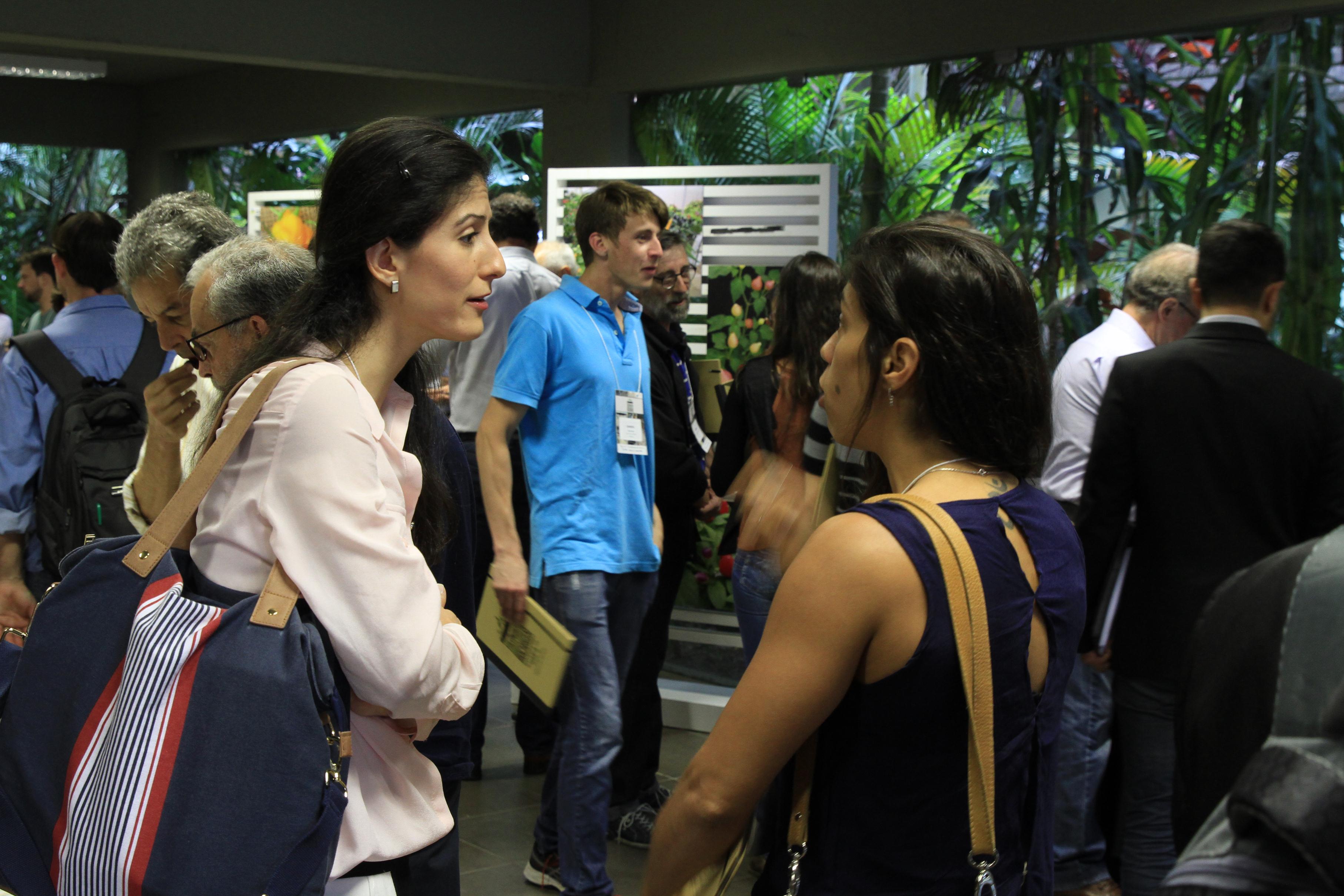
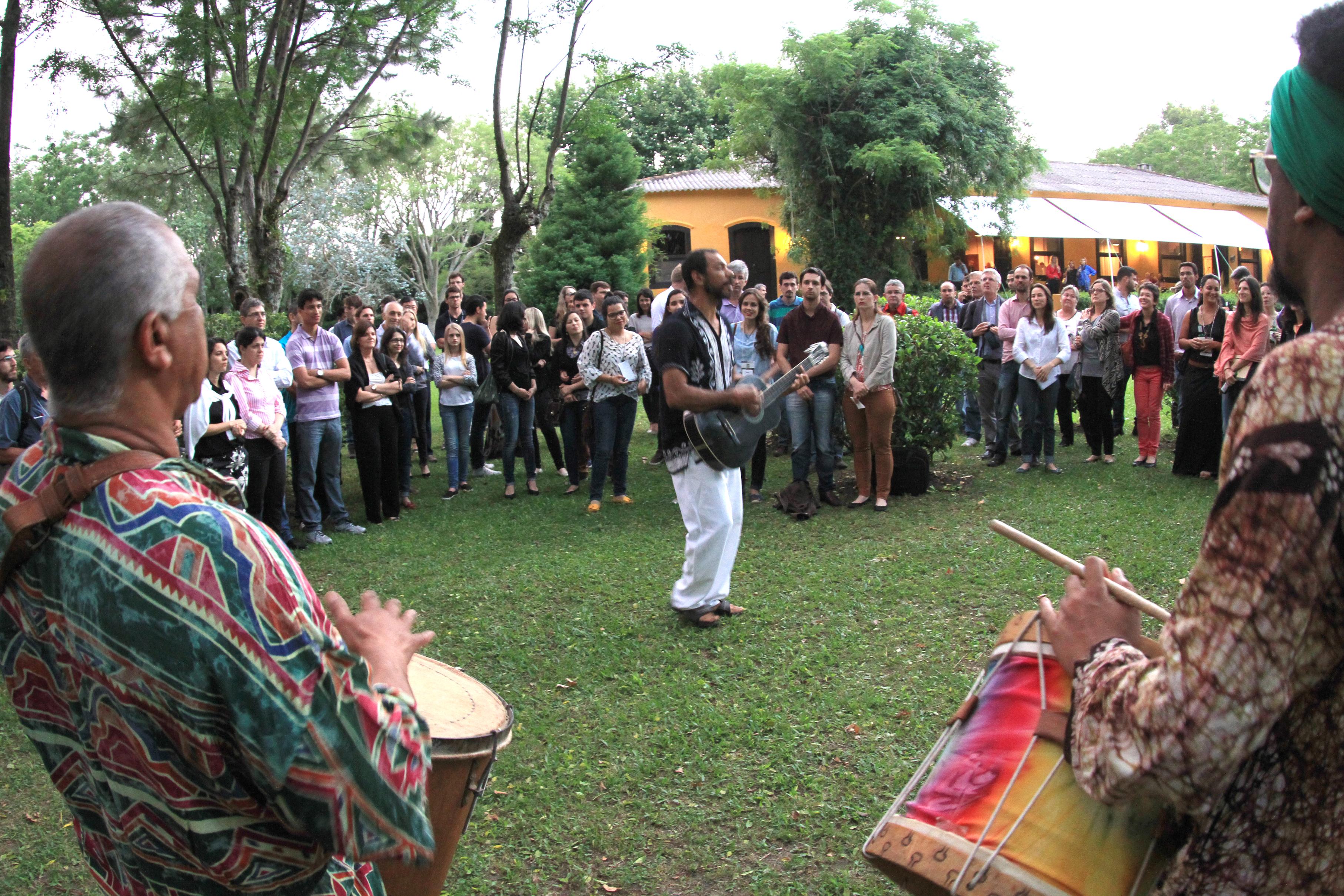






Got something to say?